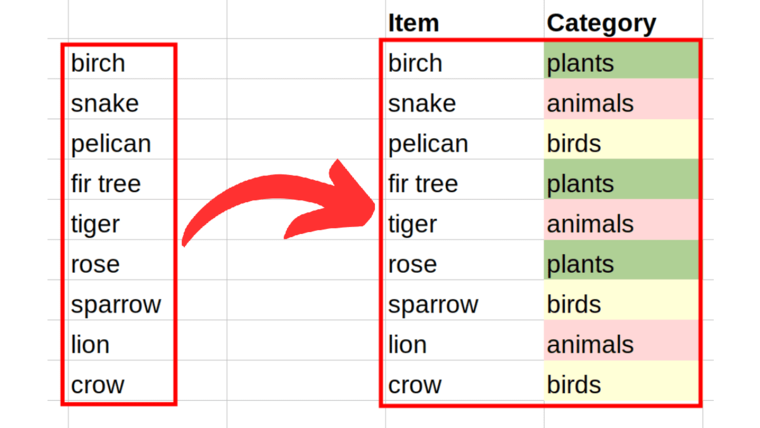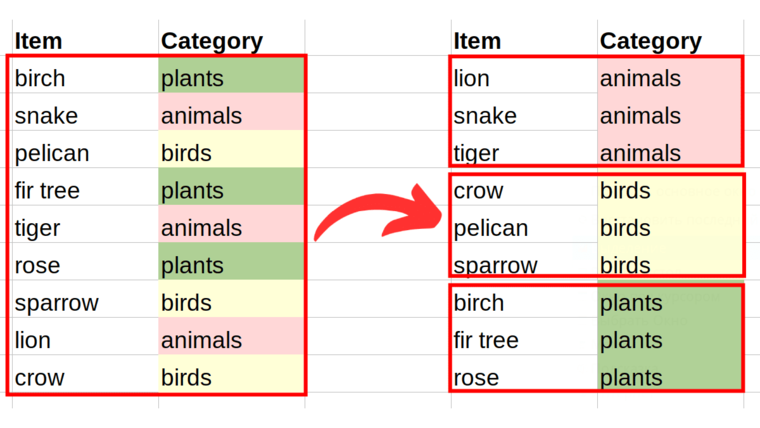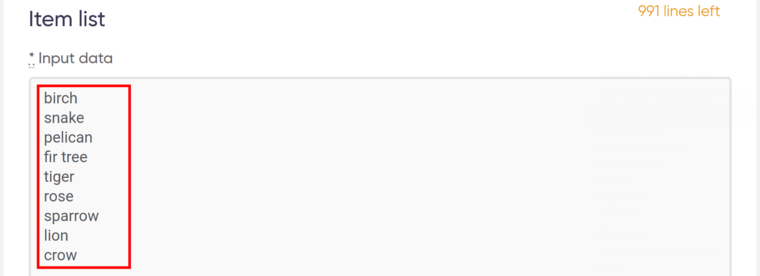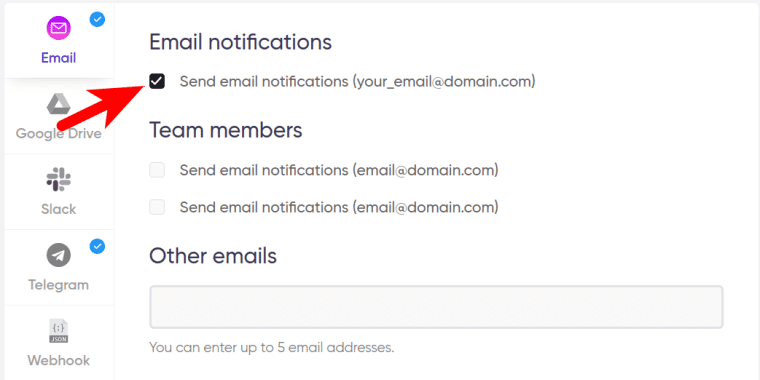In short: This smart openAI tool will classify the given items with the appropriate group.
Click to view the example results for a better idea of what the bot does.

You can sort the categories and the items alphabetically in one click:

How to use the item categorization tool: Video tutorial
Watch me explain how to classify the given items with the appropriate group.
And here's a more detailed tutorial:
Why use the item classification tool?
This fast and simple openAI bot can be used to classify items in any industry. Example uses include:
- Restaurant menu item classification
- Grocery items categorization
- Classification of food items
- Categorizing inventory items in online and offline stores and much more!
The openAI data classification tool will easily group your input items by the desired categories, forming two columns:
- Item
- Category
How to categorize items in bulk
- Sign up on Botster
- Go to the bot's start page
- Enter the items meant for categorization. Each item must go on a new line
- Enter the categories. Each category must go on a new line
- Click the "Start this bot" button
That's it – automatic item categorization is now in progress!
Software walkthrough
1. Open the Launch bot form.
Click on the "Start bot" button on the right-hand side of this page to open the spider's form:

2. Enter the details.
Give your "Job" a meaningful title, and optionally specify (or create) a project folder:

3. Enter the items to categorize.
⚠️ Each item must go on a new line:

4. Enter the categories.
⚠️ Each category must go on a new line:

5. Set up notifications.
Specify if you would like to receive a notification when the openAI item classification tool completes the job:

6. Start the bot!
Click the "Start this bot" button on the right-hand side:

That's it! You will be taken to your "Jobs" section. The openAI item classification software is now working and will notify you once it's done.
Data output
After the openAI item categorization bot completes the job you can download your classified item list as an Excel (XLSX), CSV or JSON file.